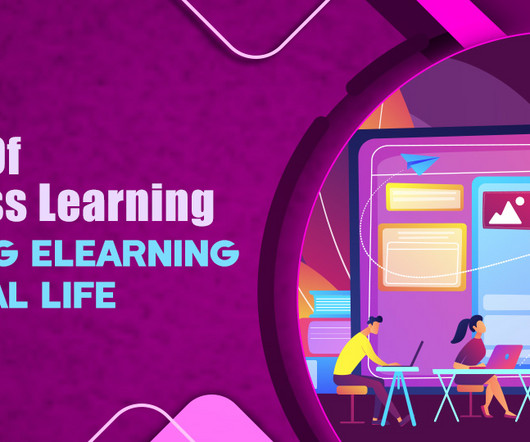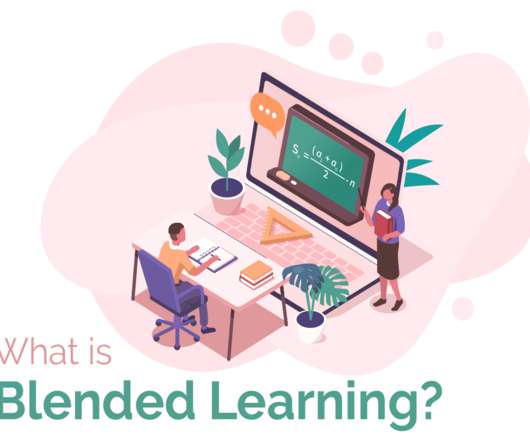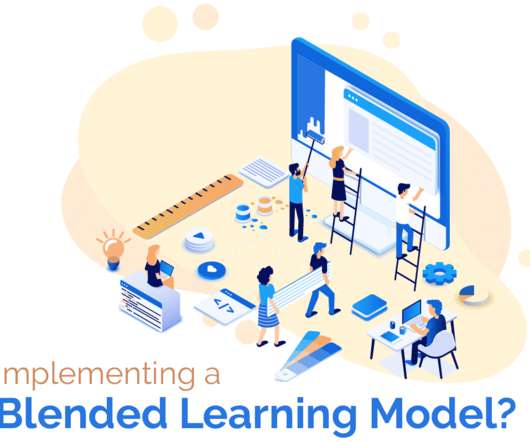The Art Of Seamless Learning: Blending eLearning With Real Life
HexaLearn
MARCH 15, 2024
Instant Evaluation And Input Seamless learning includes persistent feedback to upgrade the learning pattern and address all gaps, allowing the implementation of real-time assessments in the education and eLearning modules. eLearning is the next-generation approach.
















Let's personalize your content